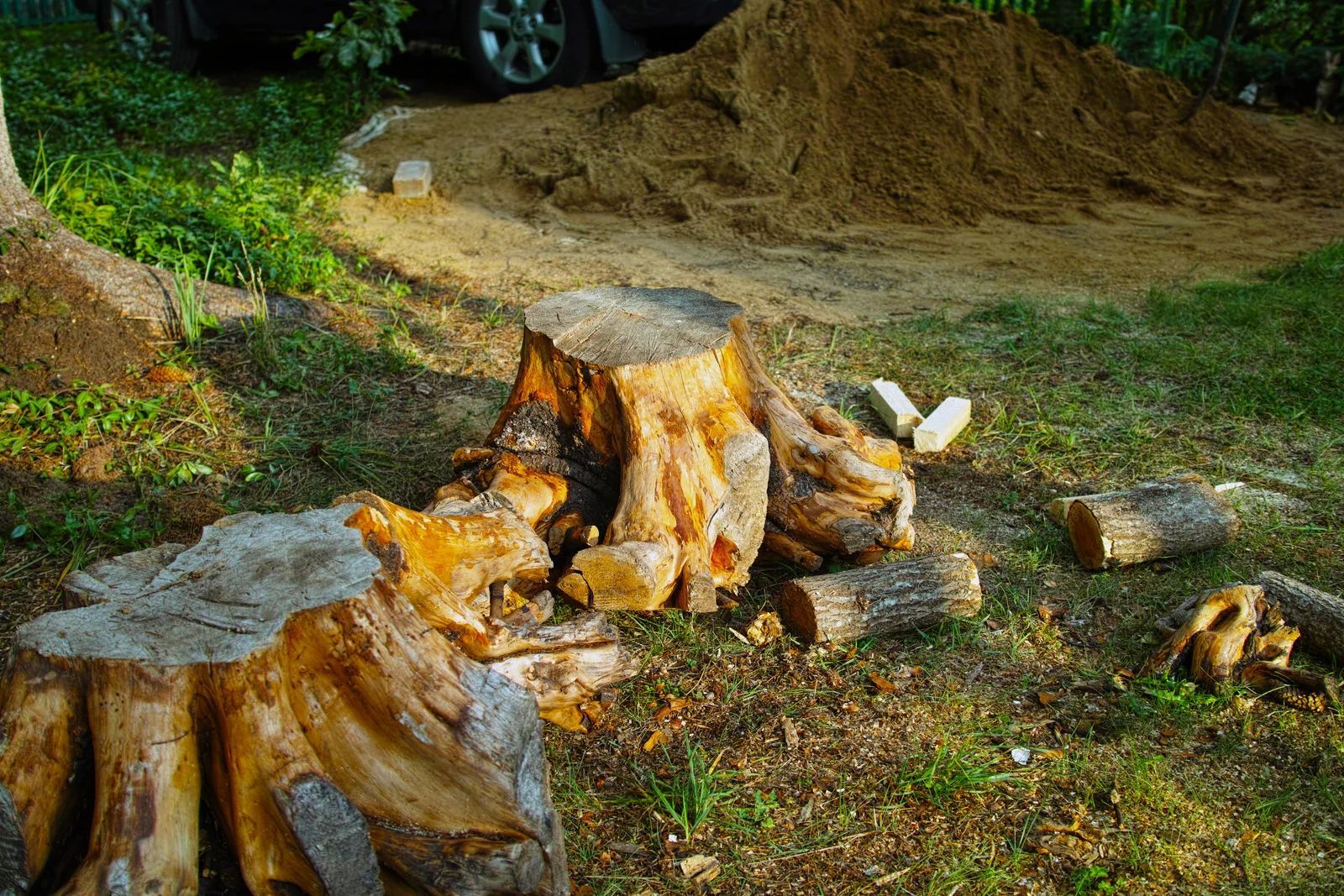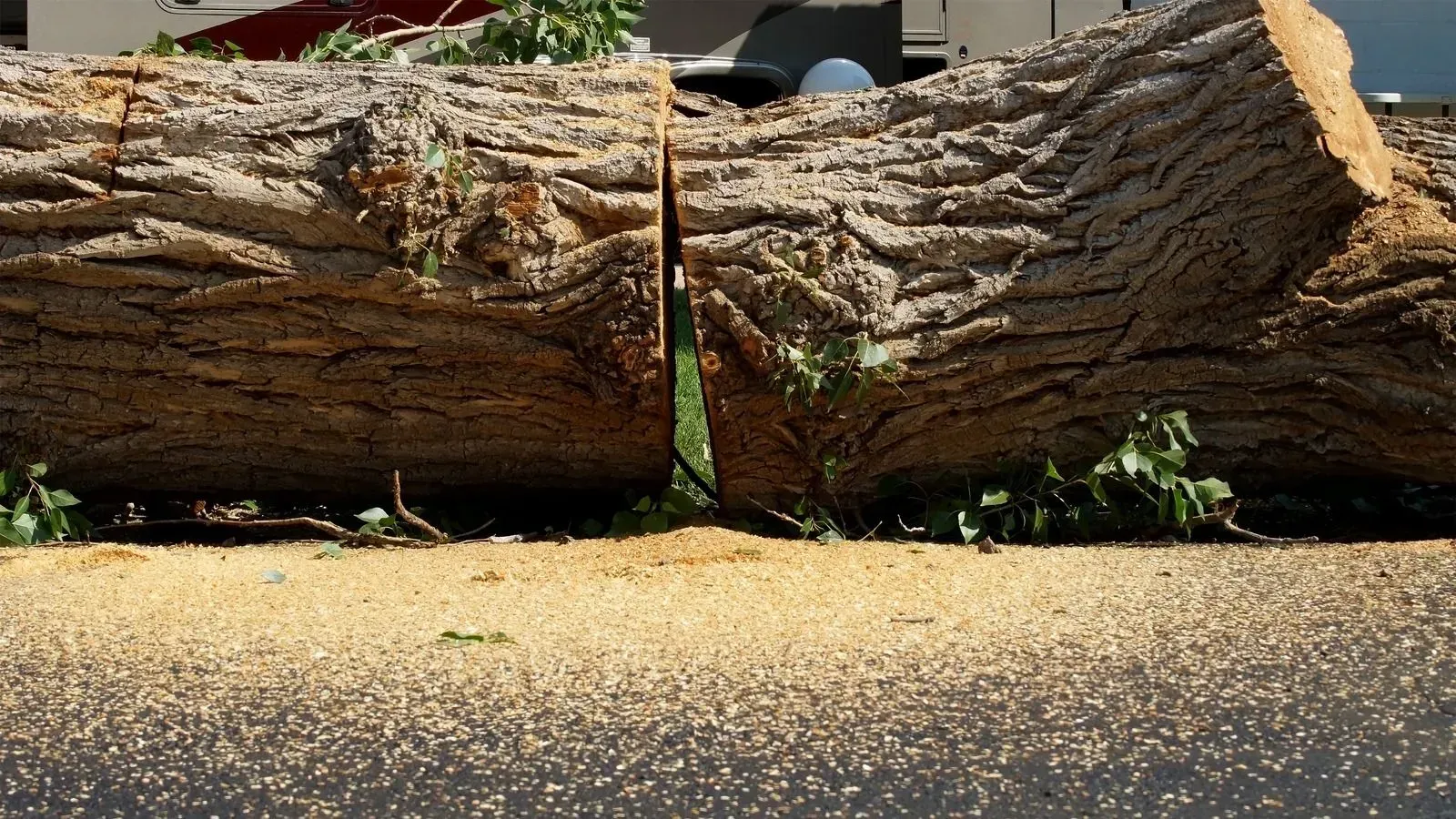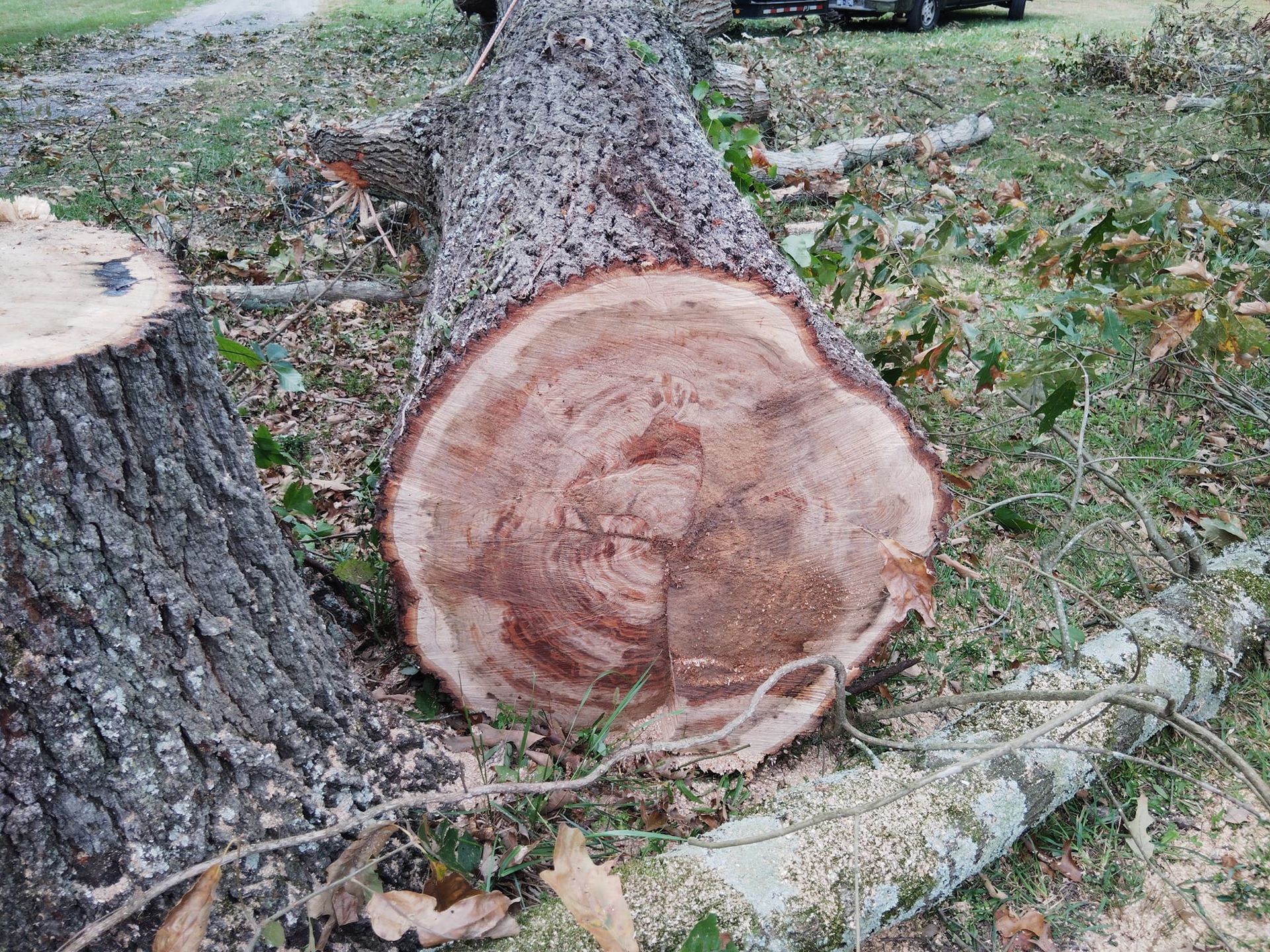Top 7 Signs It's Time to Trim Your Trees
Maintaining the health and appearance of your trees isn’t just about aesthetics—it’s also a key part of protecting your property and ensuring safety. While trees may seem low maintenance, regular trimming is essential to promote healthy growth, prevent hazards, and enhance curb appeal. Knowing when to trim your trees can save you from future problems like fallen limbs, disease spread, or structural damage. Identifying these signs early ensures your trees remain strong and your landscape stays safe and beautiful. Below are the top seven indicators that it may be time to call in a professional for tree trimming.
1. Overgrown or Misshapen Canopy
When tree branches grow unchecked, the canopy can become overgrown or uneven. This imbalance not only affects the visual appeal of your property but can also stress the tree, leading to structural weakness. Trimming restores symmetry and allows light and air to circulate properly through the branches, contributing to better tree health.
2. Dead or Diseased Branches
Deadwood is more than an eyesore—it poses a real danger. Dead or diseased branches can fall unexpectedly, especially during storms or strong winds. Regular trimming eliminates these hazards and prevents disease from spreading to healthy parts of the tree or even nearby vegetation.
3. Branches Touching Structures or Power Lines
If your tree limbs are encroaching on your home, garage, or power lines, it’s a clear sign that trimming is overdue. These branches can cause property damage or even spark electrical fires. Prompt pruning minimizes these risks and keeps your home and surroundings safe.
4. Excessive Shade or Blocked Sunlight
While some shade is desirable, too much can limit the growth of grass, flowers, or other plants beneath the tree. If your yard is becoming overly shaded or your garden isn’t thriving, selective trimming can open up the canopy and allow more sunlight to reach the ground, promoting a healthier landscape.
5. Cracks Where Branches Meet the Trunk
When you notice large branches forming sharp angles or cracks at the joint where they meet the trunk, it’s a structural concern. These weak points are vulnerable to splitting, especially in adverse weather. Trimming reduces the weight on those joints and helps avoid future breakage.
6. Recent Storm Damage
After heavy winds or storms, it’s important to inspect your trees for broken or hanging limbs. These can fall without warning and cause injury or damage. Storm-damaged trees should be professionally trimmed to remove compromised branches and restore safety.
7. Rapid Tree Growth
Trees that grow too quickly may develop weak limbs or an unstable structure. Proactive trimming can manage this growth, shape the tree for long-term stability, and prevent the need for more severe pruning down the line.
For over 20
years, Smith Tree Removal And Lawn Care
has been providing expert
tree trimming and landscaping services across South Cleveland, Tennessee, and Saluda, South Carolina. Whether you’re dealing with overgrown limbs, storm damage, or safety hazards, our team is here to help restore health and balance to your trees with professional care.



